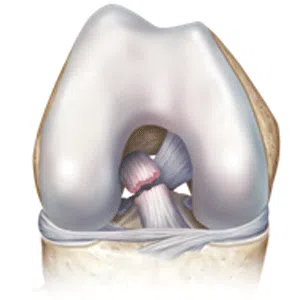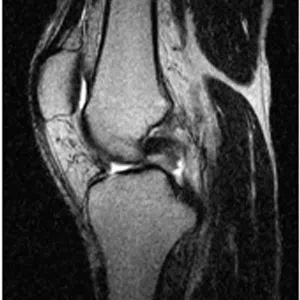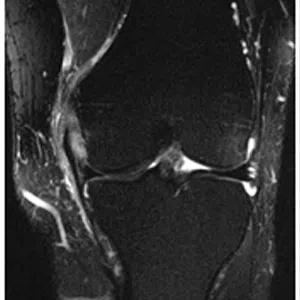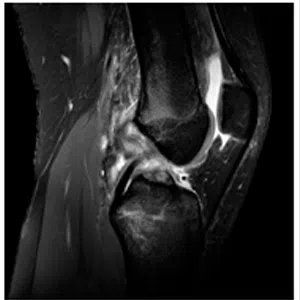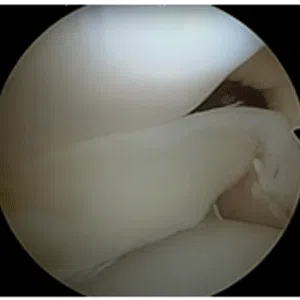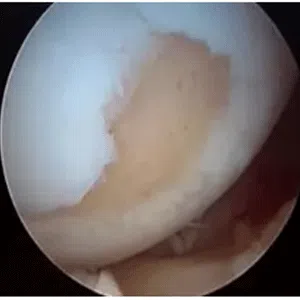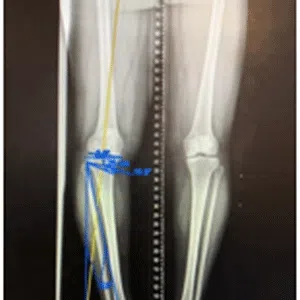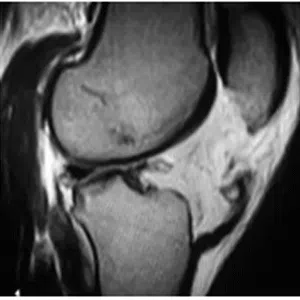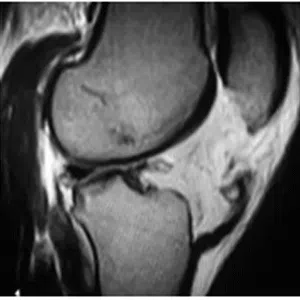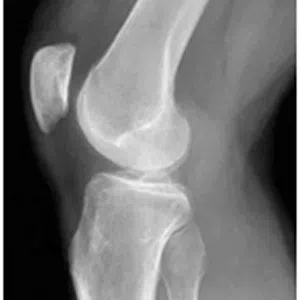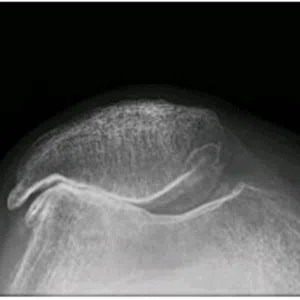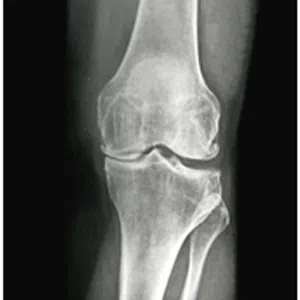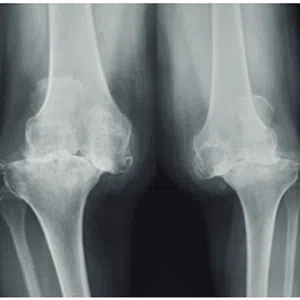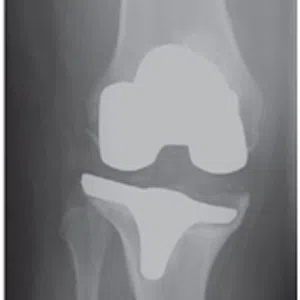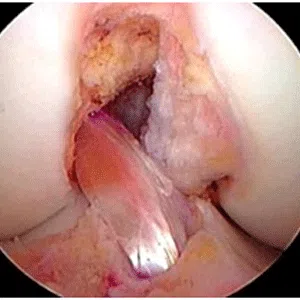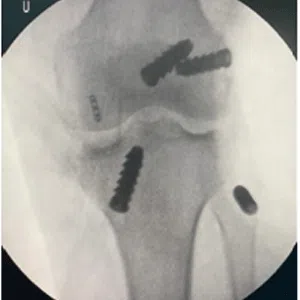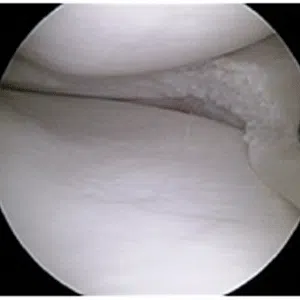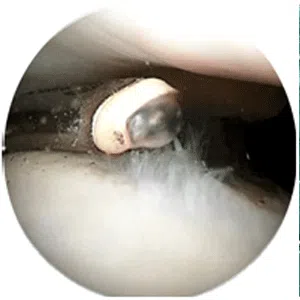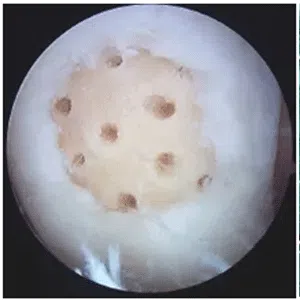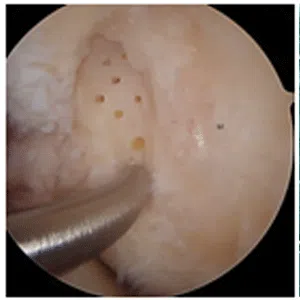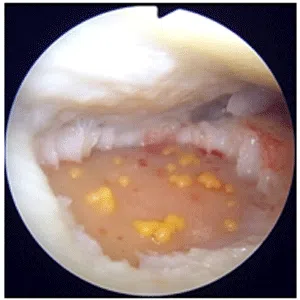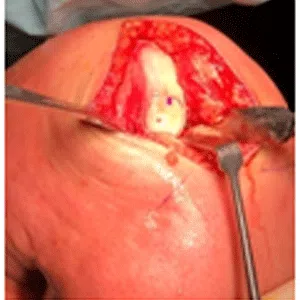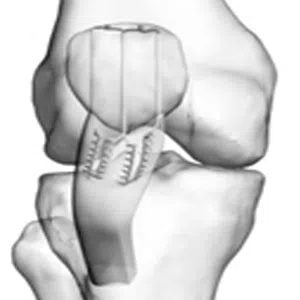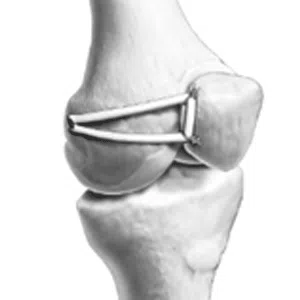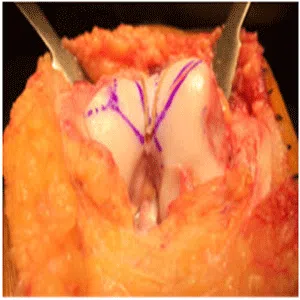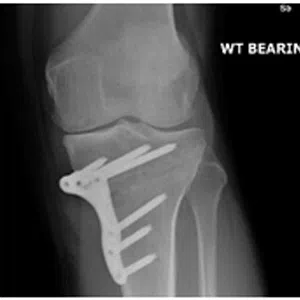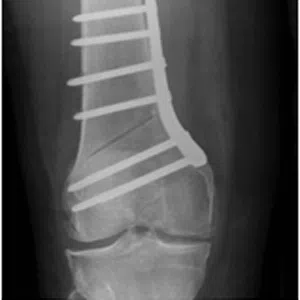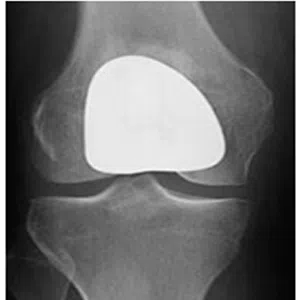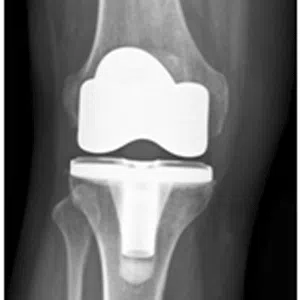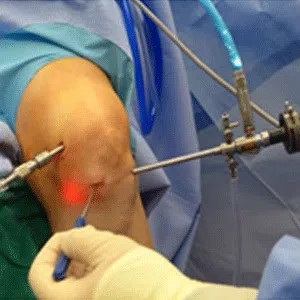
Knee joint preservation surgery or procedure is a type of surgery aimed at preserving the knee joint and reducing pain and disability. It is typically recommended for people with early-stage knee osteoarthritis or other conditions that cause knee pain but are not yet ready for total knee replacement surgery.
The goal of knee joint preservation surgery is to restore the normal anatomy and function of the knee joint while preserving as much of the natural joint as possible. This type of surgery may involve procedures such as
- Arthroscopy – A minimally invasive surgical procedure that uses a camera and small instruments to visualize and repair the knee joint.
- Cartilage repair – A surgical procedure to repair or replace damaged cartilage in the knee joint.
- Osteotomy – A surgical procedure to realign the bones or shift the weight-bearing axis in the knee joint to reduce pressure on damaged areas and improve joint function.
- Meniscal repair or transplant – A surgical procedure to repair or replace a damaged or torn meniscus, the cushioning between the bones in the knee joint.
The specific procedure recommended will depend on the patient’s specific condition and goals. In general, knee joint preservation surgery is a less invasive and less traumatic option than knee replacement surgery. It can be performed as a day care procedure and typically results in a quicker recovery and return to normal activity compared to knee replacement surgery.
However, it is important to note that knee joint preservation surgery is not always a viable option for all patients with knee pain. Your doctor will be able to provide more information on whether knee joint preservation surgery is a viable option for you.
-
Anterior cruciate ligament (ACL) tear revision
-
Posterior cruciate ligament (PCL) tear
-
Medial collateral ligament (MCL) injury
-
Multi-ligament tear
-
Meniscus tear
-
Meniscus root tear
-
Cartilage injury – repair/ osteochondritis dissecans
-
Knee deformity or malalignment – varus/ valgus/ rotational
-
Patellar tendon tear
-
Quadriceps tendon tear
-
Patellofemoral instability
-
Patellofemoral arthritis
-
Knee arthritis in young
-
Knee arthritis
-
Failed primary total knee replacement
-
Joint preservation surgery
-
Arthroscopic ACL repair/ reconstruction/ Revision ligament reconstruction
-
Arthroscopic PCL reconstruction
-
Multi-ligament reconstruction
-
Meniscus surgery –partial meniscectomy/ repair (root tear/ rim lesion)
-
Meniscus transplant
-
Chondroplasty
-
Microfracture
-
Nanofracture
-
BMAC
-
Autologous chondrocyte implantation (ACI)
-
Osteochondral Autologous Transfer Surgery (OATS) or mosaicplasty
-
Osteochondral allograft transplant
-
Patellar tendon repair/ quadriceps tendon repair
-
MPFL reconstruction
-
Tibial tuberosity transfer
-
Trochleoplasty
-
De-rotation or rotational osteotomy (Proximal tibial/ Distal femur)
-
High tibial osteotomy
-
Distal femoral osteotomy
-
Patellofemoral joint replacement
-
Total knee replacement





